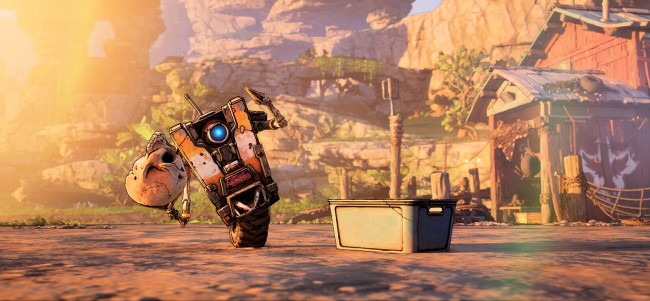Why Some New PC Games Run Terribly at Launch — and What Battlefield 6 Got Right

PC gamers know the feeling all too well. A long-anticipated release finally drops, you install it on a powerful rig, and the experience is… disappointing. Stuttering frame rates, random crashes, and massive performance dips turn the excitement into frustration. The recent launch of Borderlands 4 has become a high-profile example of this problem, while Battlefield 6 has gone in the opposite direction, showing how it can be done right.
When Ambition Breaks Performance
Borderlands 4 arrived with a huge marketing push and promises of cutting-edge visuals. It introduced advanced ray tracing effects, ultra-high resolution textures, and a completely overhauled lighting engine. On paper, it sounded incredible. In practice, it has struggled even on high-end systems.
Players reported severe frame rate drops in dense combat areas, long shader compilation stutters when entering new zones, and high VRAM usage that caused hitching on GPUs with less than 12GB of memory. Even powerful modern cards like the NVIDIA RTX 4080 struggled to maintain stable performance at 1440p.
The core issue is that the game shipped before optimisation had been completed. Features were designed to push future hardware, but there was little fallback for the hardware most players actually own. This is not unusual — major releases are under pressure to hit financial quarters and marketing windows, and PC is especially hard to optimise for due to the huge variety of configurations.
Battlefield 6 Chose Performance Over Visual Gimmicks
While Borderlands 4 aimed for maximum graphical spectacle, Battlefield 6 went a different route. The developers at Ripple Effect Studios set clear priorities: smooth gameplay, stable frame times, and reasonable system requirements. They made a deliberate choice to launch without ray tracing or path tracing, and they kept texture sizes and particle effects in check to maintain consistent frame pacing.
The result is striking. Recommended specs target 60fps on a five-year-old GPU like the NVIDIA RTX 2060, and even mid-range CPUs from several years ago can keep up. Reviews and user feedback have praised how well the game runs, especially compared to other modern releases. Battlefield 6 shows that you do not need to sacrifice fun or intensity to achieve stable performance.
What Developers Can Learn
There is a valuable lesson here for the industry. Cutting-edge graphics attract attention, but they are not worth it if the game is nearly unplayable on launch. Stable performance builds trust and positive word of mouth, while technical issues can damage a game's reputation for years.
Early and continuous performance profiling should be treated as a core part of development, not something added late. Dynamic resolution scaling, level-of-detail management, and texture streaming can all allow games to look good while running well. Optional ultra settings can be patched in after release once stability is assured.
A Message to Developers
We hope more developers look at Battlefield 6 as an example. It proves that strong visuals do not have to come at the cost of stability and that optimising for widely owned hardware can pay off. Players will appreciate a game that runs smoothly on day one far more than one that looks incredible but crashes every twenty minutes. Visual upgrades can come later, but first impressions only happen once.
Questions and Answers
Q: Why do so many new PC games run poorly at launch?
A: Many modern games are released with highly advanced graphics features and complex systems, which can create performance issues on a wide range of hardware. Tight deadlines and pressure to meet release windows often mean optimisation is rushed or incomplete at launch.
Q: How did Battlefield 6 avoid these issues?
A: The developers at Ripple Effect Studios focused on gameplay and performance first. They limited resource-heavy features like ray tracing and tested the game on older hardware to ensure stable frame rates. This approach prioritised smooth playability over pushing visual boundaries.
Q: What can other developers learn from this?
A: Prioritising optimisation early in development can lead to more stable launches, stronger community reception, and a wider player base. Advanced graphical features can be added later once the base experience is stable.
Q: Does better optimisation mean worse graphics?
A: Not necessarily. Well-optimised games can still look great by using efficient techniques such as dynamic resolution scaling, level-of-detail management, and clever texture streaming. The key is to build performance into the design from the start.
Final Thoughts
As PC gamers, we want games that impress us, but also games that respect our time and hardware. Launches like Borderlands 4 can leave even the best gaming rigs struggling, while Battlefield 6 proves that well-optimised design can deliver a fantastic experience to a much wider audience. Hopefully more studios will follow this example, making day-one performance as much of a priority as visual ambition.
Tarl @ Gamertech

